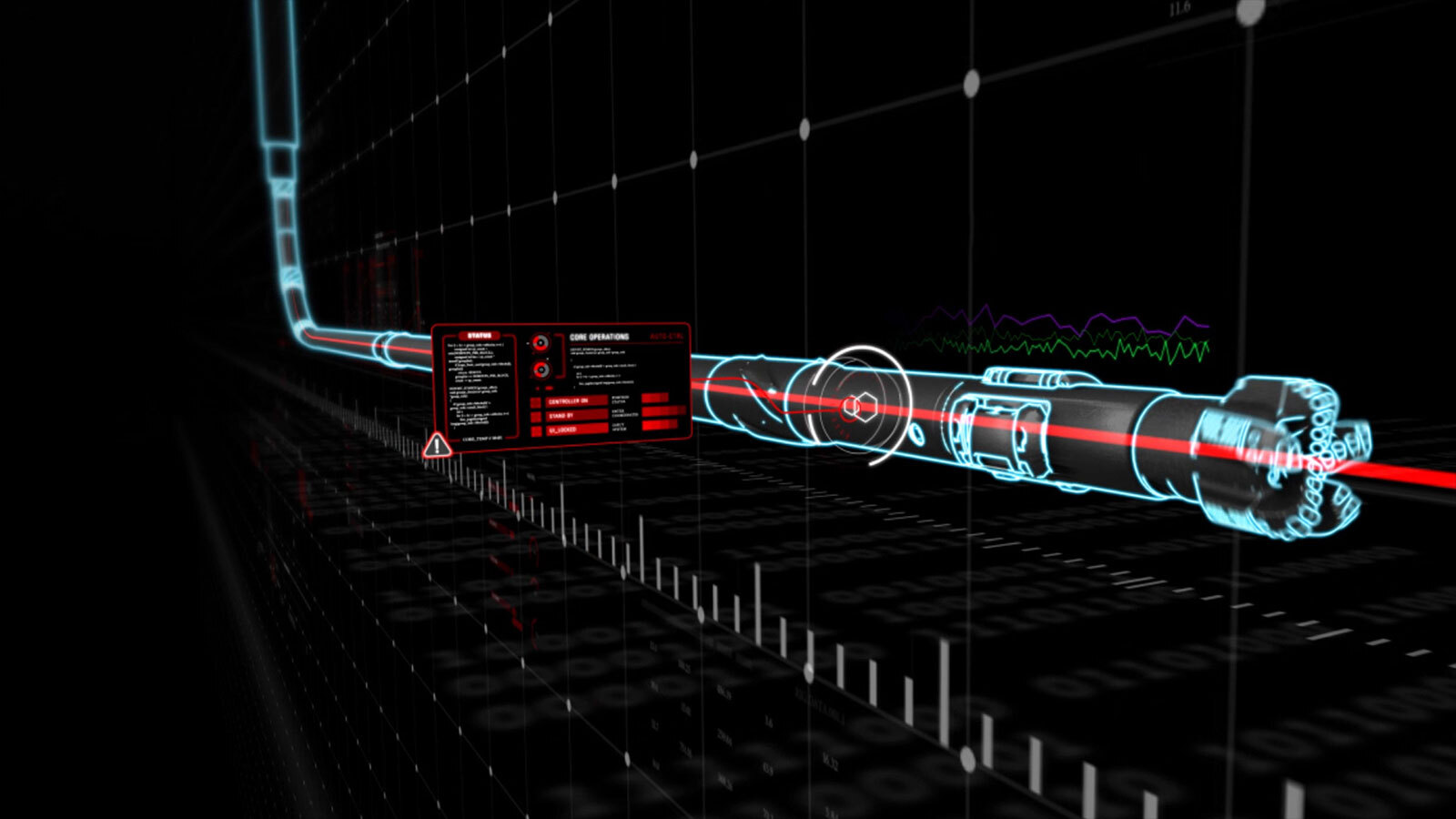 Search
Search
 Search
Search

LOGIX® autonomous drilling platform and iCruise® intelligent rotary steerable system set new benchmarks, saving 5 days of rig time in extreme conditions
Download PDFReduce well construction time during drilling campaign

BOLIVIA

An operator in Bolivia wanted to reduce well construction time during a drilling campaign in the Caipipendi Block located in the Los Monos formation. It is common to drill 12.25-in. sections in this formation, which is characterized by instability, high rock strength, and abrasiveness (8,000 to 25,000 psi with peaks that can reach 40,000 psi). Historic information from offset wells indicated the use of several bottomhole assemblies (BHAs) to drill average lengths of 700 m. High torque problems were also indicated in addition to rotary stalls, resistance, and trajectory control problems. In a previous example where inclination needed to be raised from 10 to 36° and maintained at an azimuth of 78°, results showed difficulty controlling trajectory, particularly azimuth, even when using a motor BHA, reaching 104° azimuth at the end of the section. These reports indicated the occurrence of stabilizer wear at less than 150 m drilled, highlighting just how complex drilling in the Los Monos formation can be.
Halliburton designed a BHA that accommodates the high dogleg severity (DLS) and delivered a shoe-to-shoe run with a smooth borehole to avoid conditioning runs before running wireline at the end of the section.
One of the main geological uncertainties encountered during this project was locating the top of the Los Monos formation (main marker of the Devonian section). Because of this, the 13 3/8-in. casing was set 630 m deeper than expected. This affected the DLS required and final hole inclination needed to reach the desired target. Because of the position change of the 13 3/8-in. casing, the well plan was modified, as it was necessary to raise inclination from 12° to 55° with 3.5°/30 m. This amounted to a 45% increase in the DLS required compared to the original plan and a 22° inclination increase compared to the initial planned inclination. This scenario was the minimum expected by the operator to reach the bottom corner of the target polygon.
Because of the nature of this formation, priority was given to precise stabilization points in the BHA to achieve the trajectory objectives (DLS capability), bit properties, and side-cutting efficiency (SCE). Simulations revealed the assembly could achieve DLS more than 6°/30 m, which would allow targeting the operator’s optimized trajectory. The iCruise RSS sensors (i.e., gamma ray, inclination at bit, azimuth at bit, pressure, and vibration) provided the engineering team the option to optimize the BHA stabilization points and improve directional response and tripability.
The level of difficulty encountered in drilling such complex lithology presents challenges in terms of automation and toolface control. Additionally, because of tectonism and aggressive dips in the Los Monos formation, the team selected iCruise RSS technology and combined with the LOGIX autonomous drilling platform to deliver the section reliably and consistently, while maintaining optimized borehole quality despite formation tendencies.
Longest run in the field to date
exceeded expectations for trajectory management
The combination of iCruise intelligent RSS and the LOGIX autonomous drilling platform exceeded the operator’s expectations for trajectory management, allowing the project team to optimize the well placement zone inside the target. The chosen BHA configuration could have delivered higher DLS at full capacity, but build rates were controlled to avoid high tortuosity along the wellbore. This technology combination proved its capabilities to drill inside the Los Monos formation with excellent response and trajectory control and delivered high DLS (Max. 5.430/30 m, averaging 3.950/30 m) for optimized execution.
Excellent borehole conditions at the end of the run allowed the operator to perform two wireline log runs and run the 9 5/8-in. casing to bottom smoothly without conditioning trips.
Vibration mechanisms were lithology-driven. Sandstone intervals and interbedded zones showed the worst-case scenario for the onset of vibratory motion, but, in general, vibration was maintained at low levels. Real-time identification of vibration mechanisms is essential for ROP improvement and tool preservation.
The outstanding performance achieved in this 12.25-in. section established a new performance benchmark in the Bolivian, sub-Andean drilling environment of the Los Monos formation, not only for this operator but for other operators in the area.
Directional Drilling
Smart design meets drilling automation
Learn More
Designed for fast drilling, accurate well placement, and reliable performance.

Automating well construction across plan/design/execution phases enables real-time decision-making to achieve predictable results.

Halliburton real-time operations enables performance improvements at almost every step of the drilling process